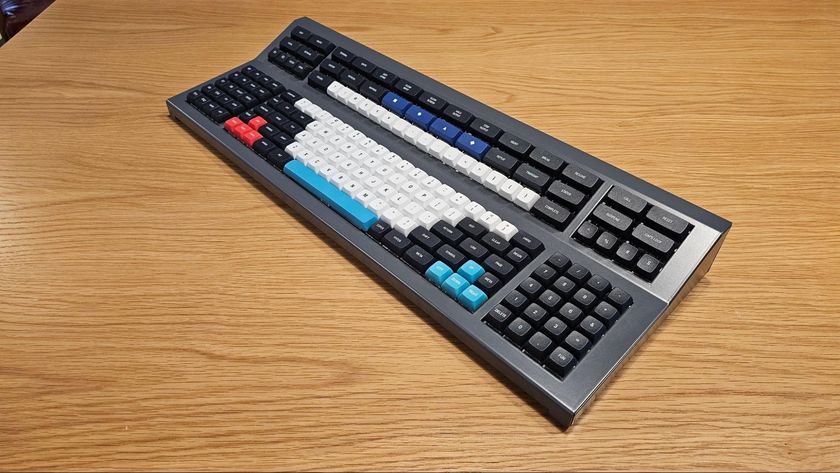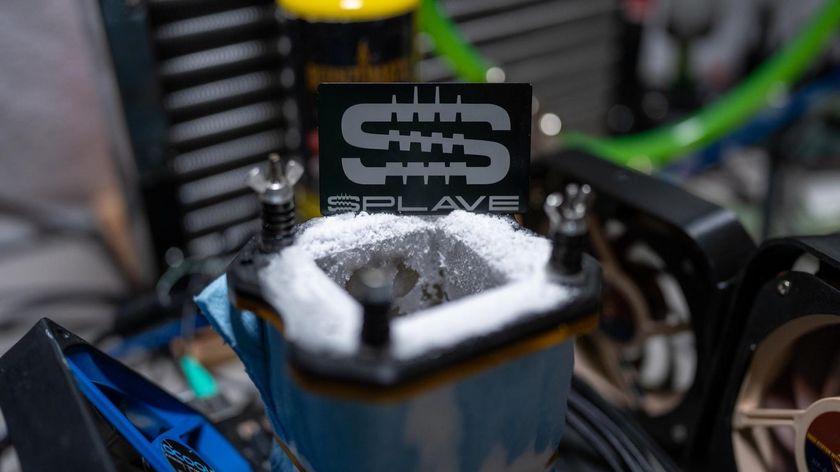Workshop: A Digital Facelift for Your Analog Movies
Fast Video PC
An improperly configured PC will slow down even the most powerful capture hardware. We show you what settings will ensure optimal performance.
"The faster the CPU, the better" should definitely be the motto of users with a TV or graphics card with an S-Video input port. Their processors should be clocked at 1.5 GHz or faster. However, if you use external capturing devices such as DV camcorders or converter boxes, the load on your CPU will be much less and you'll be able to get away with a 500 MHz chip.
Latest Busmaster Drivers
To minimize the load on your CPU, you should make sure that you've installed the latest busmaster drivers for the Southbridge of your motherboard. Once they're installed, you'll be able to transfer data directly from your main memory to the hard drive and back, drastically reducing your processor load. If the busmaster drivers haven't been installed, the CPU has to transfer the data itself. You can get drivers for VIA chipsets at www.viaarena.com . If your mainboard is based on an Intel chipset, you should install the Intel Application Accelerator (available for download at dsupport.intel.com ).
The hard drive where you intend to store the video data must have a certain minimum data transfer rate, depending on the codec you're using. The most demanding videos are those compressed with a DV codec at a data rate of 3.6 MB/s. Don't worry - modern hard drives should have no problem reaching that level. But it never hurts to defragment your hard drive before capturing and measure your average data throughput rate with a transfer tool.
Stay On the Cutting Edge: Get the Tom's Hardware Newsletter
Get Tom's Hardware's best news and in-depth reviews, straight to your inbox.
Current page: Fast Video PC
Prev Page Windows Registry Editor Version 5.00 Next Page HDD Standard Not Important











